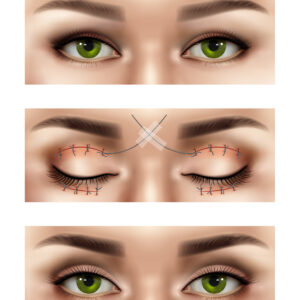From: 2,500.00$
From: 2,500.00$
The Iran Health Clinic is a reputable medical center that specializes in providing advanced fat transfer treatment to its patients. With a team of experienced doctors who have been trained in the latest fat transfer techniques, the clinic is committed to delivering high-quality care that is tailored to meet the unique needs of each patient.
Using state-of-the-art technology and equipment, the clinic can perform fat transfer procedures that are safe, effective, and minimally invasive. Whether you are looking to restore volume to your face, increase the size of your breasts, or enhance your buttocks, the Iran Health Clinic can help you achieve your desired results.
With a warm and welcoming environment, the clinic strives to make every patient feel comfortable and relaxed throughout their entire treatment process. If you are looking for a trusted medical center for your fat transfer needs, then the Iran Health Clinic is the right choice for you.
Familiarity with Treatment:
Orthopedic ligament repair is a surgical procedure aimed at fixing a torn ligament and restoring its function. Ligaments are tough, elastic bands of tissue that connect bones to each other and provide stability to joints.
The specific procedure for ligament repair can vary depending on the location and severity of the ligament tear. In some cases, the surgeon may be able to sew the torn ends of the ligament together. In other cases, a graft (a piece of tendon from another part of the patient’s body or from a donor) may be used to replace the torn ligament. The surgery is often performed arthroscopically, which involves making small incisions and using a camera to guide the surgery.
Orthopedic ligament repair is typically suitable for individuals who have experienced a significant ligament tear that is causing pain, instability, or a decrease in function. This can include athletes who have experienced a sports-related injury, as well as individuals who have experienced a traumatic injury to a joint.
Orthopedic ligament repair may not be suitable for individuals who are in poor overall health, as the surgery and recovery can be physically demanding. It may also not be suitable for individuals with certain conditions, such as severe arthritis in the joint, which could make the surgery more risky.
The main advantage of orthopedic ligament repair is that it can restore stability to a joint and improve function. For athletes, it can often allow them to return to their sport.
As with any surgery, orthopedic ligament repair carries risks. These can include infection, bleeding, nerve damage, and complications from anesthesia. There is also the risk that the surgery will not fully restore function or that the ligament will tear again in the future.
Preoperative care for orthopedic ligament repair typically involves a physical examination, imaging tests (such as an MRI to assess the damage to the ligament), and possibly blood tests. The patient may also need to stop taking certain medications and to fast for a certain period before the surgery.
Postoperative care can include pain management, physical therapy, and regular follow-up appointments to monitor healing. The patient may also need to wear a brace and to avoid certain activities for a period of time.
| City | |
|---|---|
| Hotel | |
| Visa | |
| Translator | |
| Transfer | |
| Stay at Hospital | |
| Language | |
| Insurance | |
| Stay at Hotel | |
| City Tour |
Only logged in customers who have purchased this product may leave a review.






Reviews
There are no reviews yet.